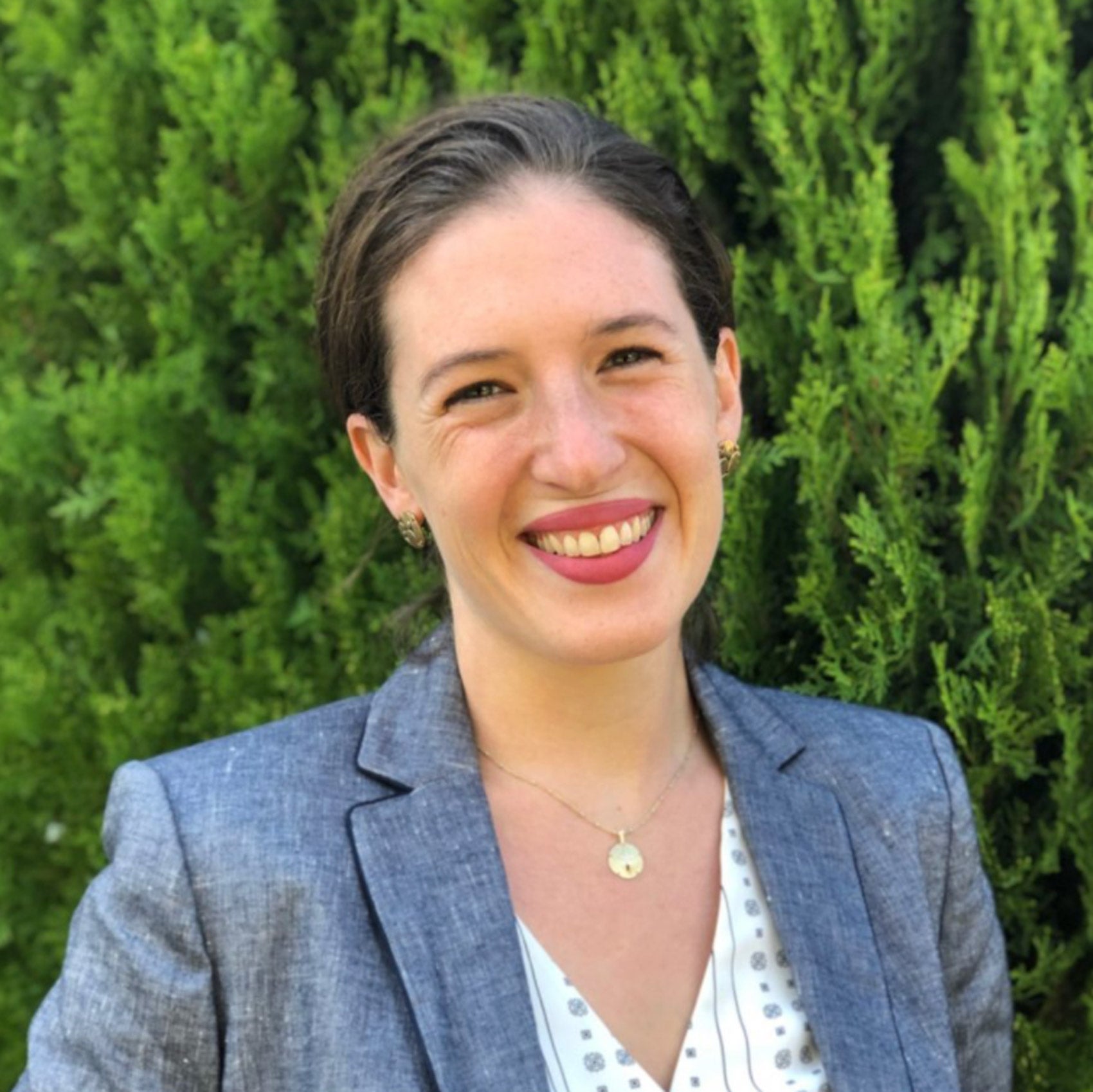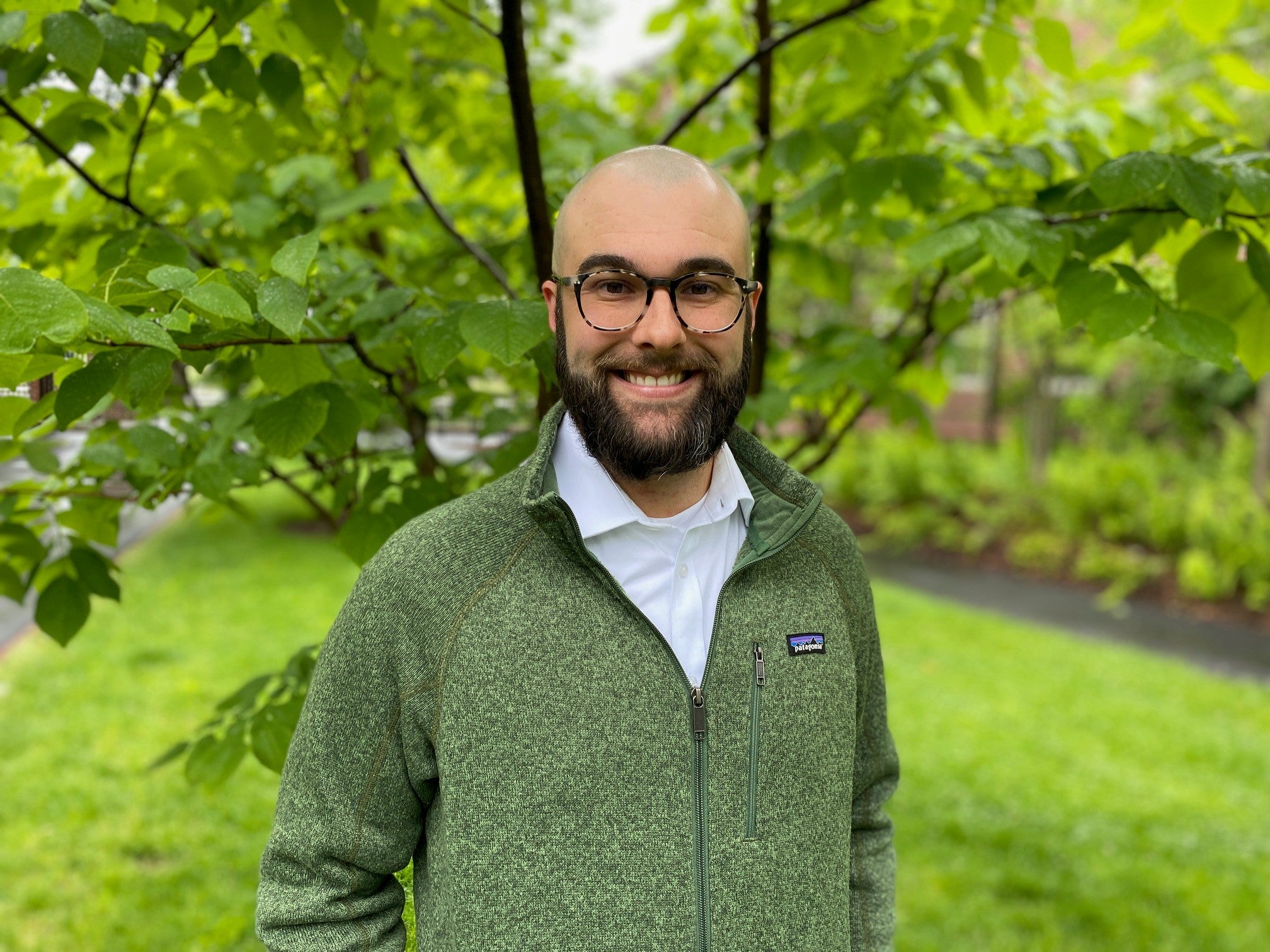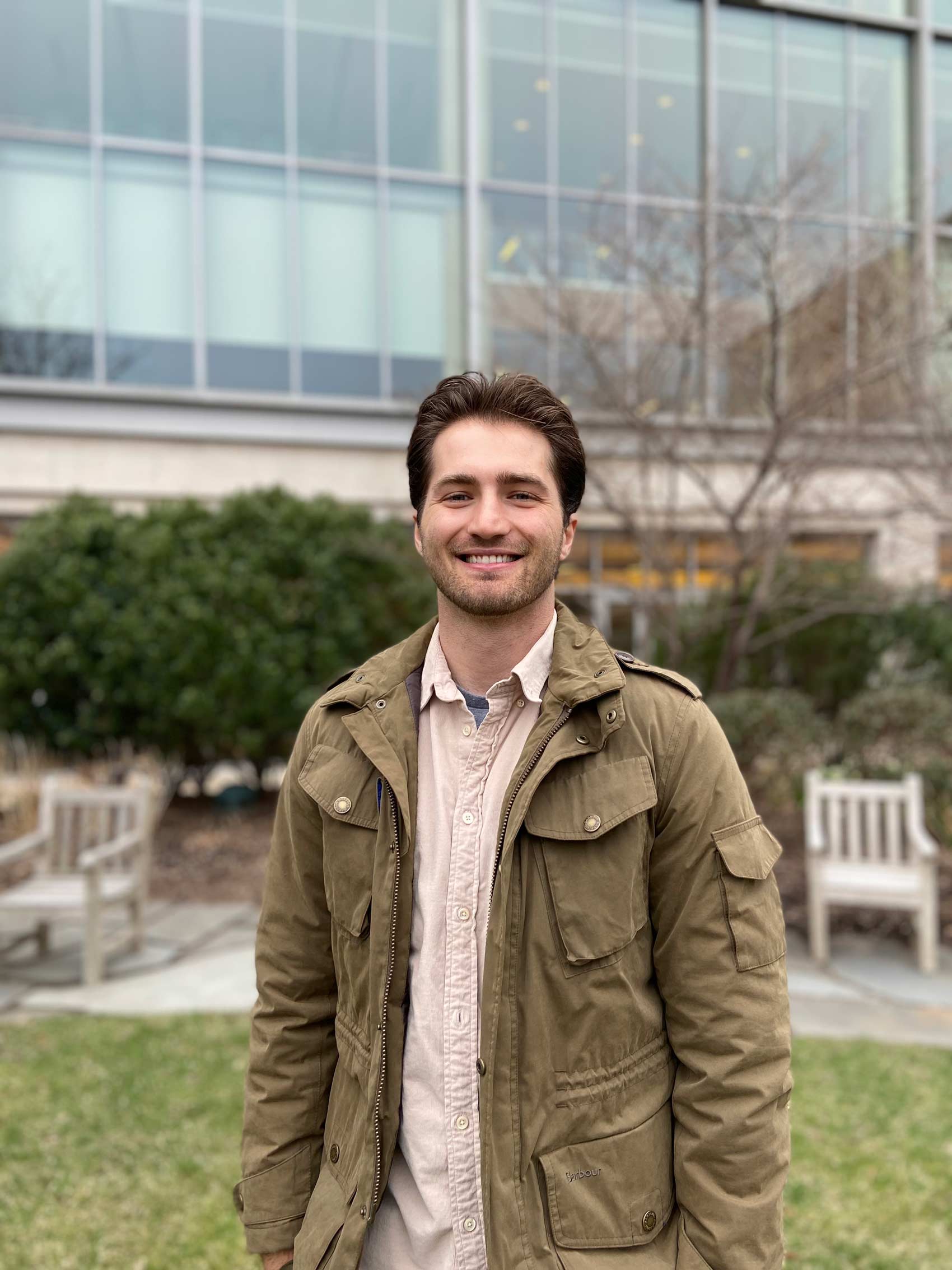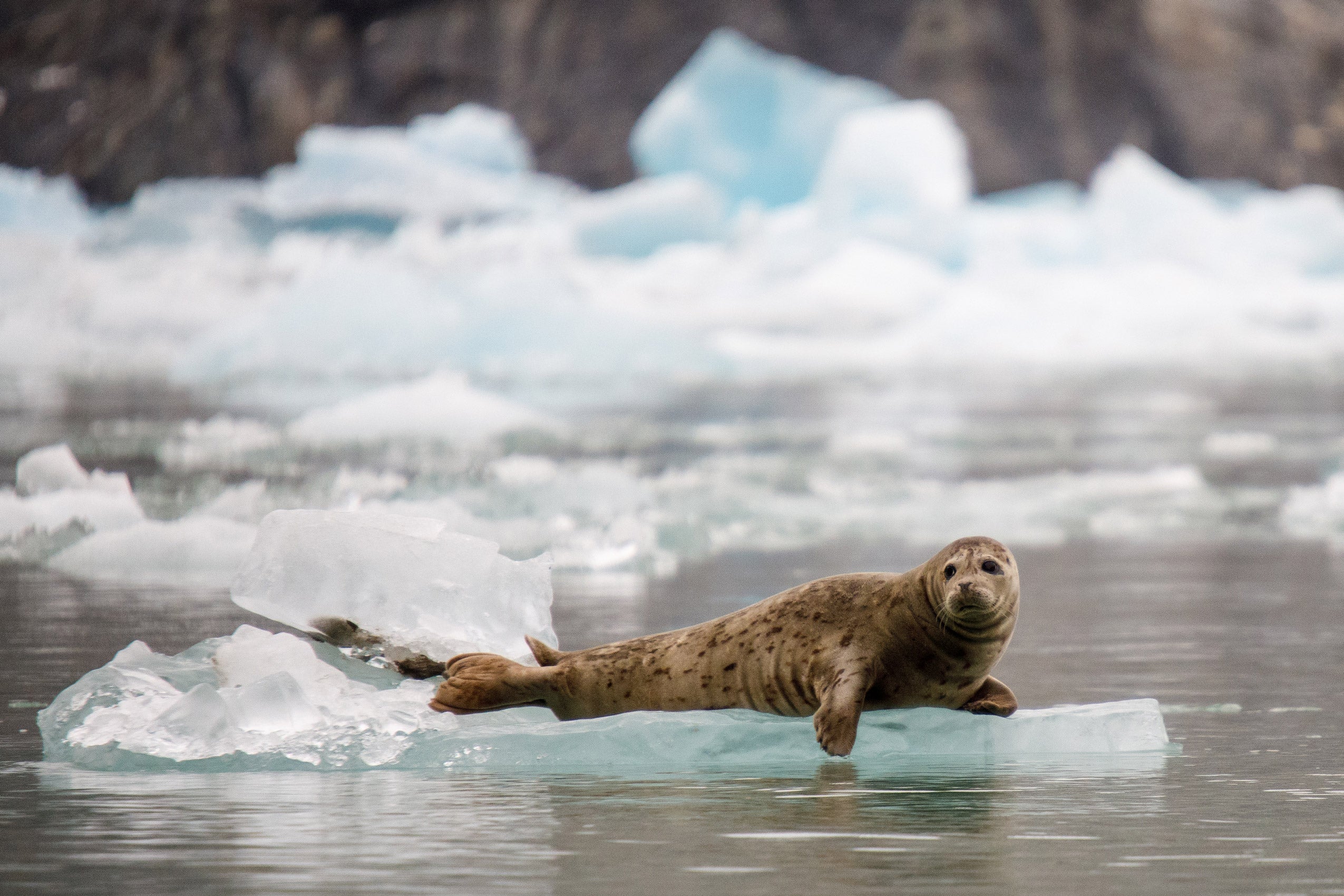Every week, Michaela Morris ’24 checks her Google alerts for certain key phrases: “national petroleum reserve,” “Arctic National Wildlife Refuge,” and “oil leases,” among others. Then she searches the Federal Register for any action on regulations concerning such topics as offshore drilling. To make sure she hasn’t missed anything, she’ll also log onto the websites of agencies that administer such regulations, like the National Oceanic and Atmospheric Administration.

If she finds anything, Morris, a research assistant at Harvard Law School’s Environmental and Energy Law Program (EELP), will write up a short summary, synthesizing the new information, and enter it into the program’s regulatory tracker: an invaluable resource for journalists, policymakers, advocates, and legislators — and a learning tool that gives its first-year law students hands-on experience with the real-world application of energy and environmental regulation.

The regulatory tracker was designed to rely heavily on student work, explains Hannah Perls ’20, an EELP staff attorney who helps administer the interactive tool. Frequently referenced by journalists from the New York Times to the Guardian, the tracker provides a kind of one-stop shop for anyone from activists to legislators and the general public to keep track of the regulatory process, with summaries of new rules and information about comment periods. “The students help us keep tabs on what’s going on, whether it’s a new administrative action or litigation update or new policy or guidance,” said Perls.
The tracker began in 2018 under the program’s former executive director (and current nominee to lead EPA’s Office of Air and Radiation) Joseph Goffman more as a “deregulatory” tracker in reaction to what the program saw as the Trump administration’s disassembling of climate protections. “The idea was to have this really detailed record of all of the ways that the Trump administration was undoing key environmental rules so that, if we ever had a new administration come in, there would be a playbook for what needed to be repaired,” recalled Perls. In addition, she pointed out, the tracker also provided “a record of the regulatory tools that the Trump administration used to deregulate,” providing a road map for potential rebuilding.

James B. Pollack ’20 worked with the regulatory tracker in those early days. “I went into law school not knowing that I wanted to do environmental law,” said Pollack, who is currently an associate at Marten Law, one of the nation’s leading environmental and energy law firms. “It was during that time that I got to see not only the importance of environmental law in constructing these regulations but the role that environmental lawyers had in preventing the unwinding of these regulations.
“It became a really incredible part of my experience to get to document all these changes that the administration was making and to learn about all of the different corners of environmental law that were being altered,” he said.
Since the Biden administration came in, the emphasis of the tracker has changed somewhat, but the work continues.

“Recently, a lot of my work is following litigation on the social cost of carbon,” said Christopher “Kipper” Berven ’24, who also focuses on pipelines and the SEC’s actions on climate-related risk disclosure.
The time commitment to keep up with these developments “definitely varies from week to week,” said Berven. While Morris usually logs two to three hours some weeks, Berven has put in as much as 10 or 12 hours – or none at all. “This week, we have a big writing assignment for our legal research and writing class,” he said. Faculty and staff at the Environmental and Energy Law Program are “very understanding that we’re going to need to be focusing on that.”
That flexibility, said Perls, is part of the regulatory tracker’s design. “First-year law students have a very heavy course load,” she said. “ The tracker is a great way for them to become fluent in current environmental issues, as well as administrative and litigation processes. We also work to make sure each student gets iterative, one-on-one feedback on their legal research and writing so they feel confident going into their summer internships knowing they have the skills they need to make an impact.”
Morris, who grew up working as a lifeguard in Hampton, New Hampshire, was already a climate change activist, in part because of personal experience.
“One of my last summers, I was a guard at Southbury Beach, and we had much warmer water than usual,” she recalled. “That same summer, we had a ton of seals that washed ashore in an unusual mortality event. The Marine Mammal Rescue Patrol said it was likely that the mortalities were related to changing ocean acidities and temperatures or possibly a strain of bacteria or virus that was now in the waters due to environmental changes.”
Working with the tracker, she explained, has expanded her range of tools. “This position has let me get really familiar with the specific legal, technical terms that relate to energy and the environment,” she said.
“I came to Harvard Law School wanting to study environmental law,” said Berven. Growing up in San Francisco, “one of my great passions is camping, backpacking and being on public lands,” Deferring law school for a year because of COVID, he was able to do environmental internships remotely with the Environmental Policy Innovation Center and with 350.org.
“I studied environmental science and environmental economics in undergrad and really didn’t have a strong, legal background before coming to HLS,” said Berven. “I came in assuming that law was very black and white. This has taught me to dig a little deeper.”
That, said Perls, is the point. “We want students to get the experience of navigating litigation and being able to pull out from these massive documents what is significant, and then learn how to summarize that in easy-to-understand terminology.” These tasks incorporate “a whole host of skills,” she added. “They learn how to navigate the Federal Register and how to read a docket, and they understand what notice and comment rule-making means and why it matters. Our hope is that they come away with a real appreciation for the scope of environmental rulemaking.”
Noting how theoretical and broad most first-year classes are, Berven mused, “just getting to engage with the law and engage with regulations on this personal level takes these concepts that we’re learning and makes them feel real.”
For Pollack, who teaches environmental law at Brandeis University, the tracker has become a useful tool. “When I’m teaching the Clean Air Act, I’m teaching cases that came out within the last couple of years and providing context of where the current disputes are,” he said.
This year’s regulatory trackers are already seeing the work’s impact on their own futures. “Most of my experience prior to law school was in policy advocacy,” said Morris. “This experience has actually really shown me how organizing and litigation can work in tandem. There’s a direct connection between the work that people are able to accomplish as organizers and the importance of having others who are able to defend that in court.”
While Berven credits the “broad perspective” on the legal career field that this work has given him, Morris has found specific benefits. “Litigation requires the writing and research abilities that come naturally to me, and that might be a direction I’m interested in pursuing,” she said. “The regulatory tracker work has expanded my horizons as I think about the ways that I’ll be able to use my legal skill set in the environmental space.”
